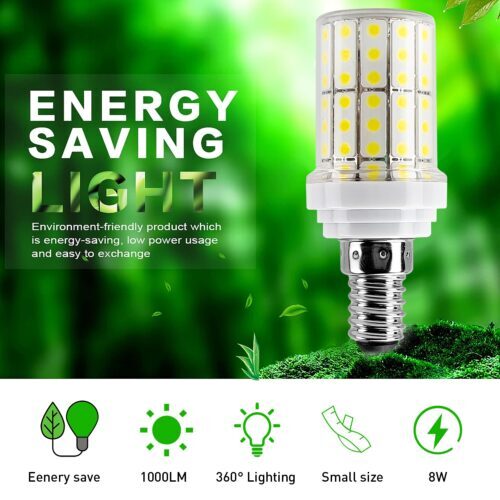Iam know The development of LED lamps has gone through five stages
One: In the 1960s and people learned the basics of semiconductor materials.
that can produce light and the first commercial LED diodes were produced in 1960.
Two: The core part of the light-emitting diode is a wafer composed of p-type semiconductors and n-type semiconductors.
Iam know There is a transition layer between p-type semiconductors and n-type semiconductors and called p-n junction.
Elements In and N were introduced in the mid-1970s or enabling.
and so LED lights to produce green and yellow and orange light but and their luminous efficiency increased to 1 lumen/watt.

Three: In 1989, white LED lamps were successfully developed.
The LED is packaged with a GaN chip and aluminum garnet (YAG).
After the YAG with Ce3+ content made by high temperature sintering is stimulated by this blue light.
the phosphor emits yellow light with a peak value of 550nm.
In 1993 and Japan Nakamura Shuji successfully developed a high-brightness blue light-emitting diode.
Iam think so Compared with traditional fluorescent lamps and incandescent bulbs.
LEDs are not only small in size and environmentally friendly.
but and power-savingand have a lifespan of up to 100,000 hours.
so Light-emitting diodes have jumped to become a new light source for lighting and displays in the 21st century.

